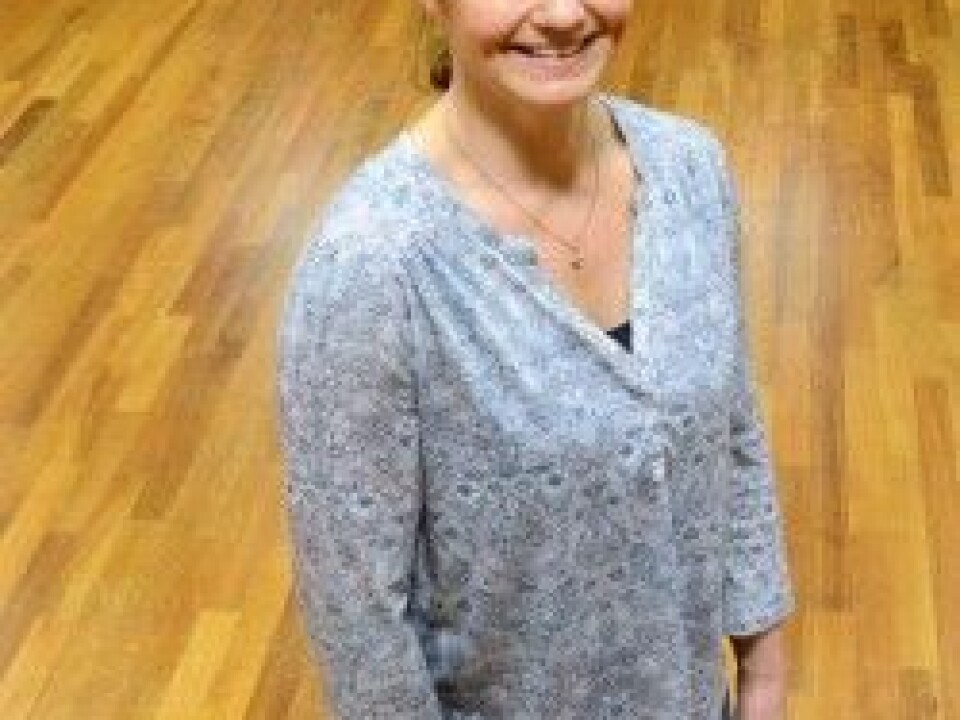This article was produced and financed by The Norwegian School of Sport Sciences

Breakdancing is more than just a dance
In Oslo, breakdancers come from all over the world. The community serves as an important arena for integration, according to a recent doctoral study.
Tonje Fjogstad Langnes followed breakdancers in Oslo over a period of eight months.
She was carrying out field work as a Doctoral Research Fellow at the Norwegian School of Sports Sciences.
She wanted to study the importance of breakdancing and how it influences identity and gender roles. Before being fully accepted into the community, she was put to the test. "
After being with them for about two months, they challenged me to demonstrate what I had learned about breakdancing. Luckily, I passed the test and was able to continue with my field study," Langnes says.
From all areas of the city

The breakdancing community in Oslo is made up of about 60 youngsters. Some live in affluent Frogner on the west side of Oslo, others in Holmlia on the east side. They come from all social classes and have different ethnicities but they are brought together by breakdancing. Most of them are boys, and they practice up to five hours every day.
"I was surprised to see the diversity among them. Breaking is not limited to the eastern part of the city. In the breaking community, we find both immigrants and ethnic Norwegians," Langnes says.
"It was also interesting to see how much they supported each other. Cross-cultural arenas are important to help with integration. With increased ethnic diversity, social interaction is crucial for immigrants to integrate well into their new society."
No expensive equipment needed
"Many activities are very costly, which excludes large groups of people that are unable to afford them. Breaking is not one of these, making it an activity that is accessible to everyone. Breakdancing also creates an important social network for the immigrants," Langnes says.
Her study found that the breakdancers define their identities independently from their social status, financial situation and ethnic background. They use elements from the breakdancing culture to create their own identity.
"For second-generation immigrants born and raised in Norway, but always questioned about their origins, breakdancing allows them to enjoy an arena where they are not defined by skin colour or ethnicity," Langnes says.
Embrace yourself
In the breakdancing community, you are encouraged to be different and expressive.
The dance is a representation of who you are and it enables you to create something unique that you can share with your peers.
This allows young people to embrace themselves regardless of their background. Breakdancing also challenges stereotypical gender perceptions. Although it is a masculine dance with masculine moves, breaking is an artistic expression – which also makes it feminine. It is up to the individual, girl or boy, to develop a different view on gender roles.
Included in physical education
Langnes believes that breakdancing should be introduced in school and be part of physical education. "As breaking includes dancing, gymnastics and acrobatics it could be used in mobility training. It is a full-body activity which involves moving to hip-hop music, a popular genre among kids and teenagers," she says.
"Breaking can also help us to understand more about identity, gender roles and social interaction. In addition, breakdancing can be empowering and make young people more confident. Especially through 'battles' where dancers face off one-on-one to present their best dance moves. The breakdance battles could also help them to cope with new challenges. The dancers use something within to express themselves, which may help build their confidence and improve their sense of self-worth," Langnes says.
Reference:
Langnes, T.F.: Breaking – That’s Me! Meaning, Identity and Gender Constructions Among Young Break(danc)ers Living in Oslo. Doctoral study at The Norwegian School of Sports Sciences, 2017.
































